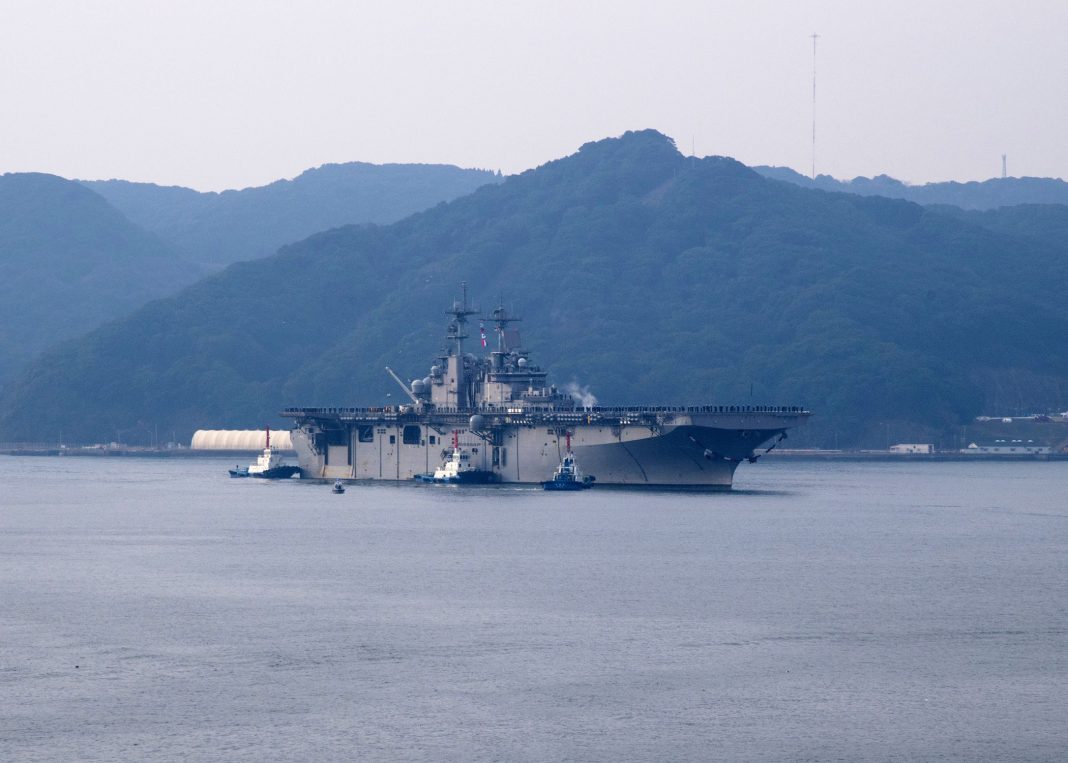The U.S. Navy has entered into a significant $202 million contract with BAE Systems for comprehensive modernization and maintenance services for two guided-missile destroyers. The contract entails extensive work on the USS Laboon (DDG 58) and the USS Wasp (LHD 1), focusing on both operational efficiency and crew comfort.
Under the Docking Selected Restricted Availability (DSRA) contract valued at $114 million, BAE Systems will dry dock the USS Laboon to perform crucial underwater hull maintenance. This phase of the project is designed to ensure the long-term operational readiness of the Arleigh Burke-class destroyer. Specific tasks will involve repairing the ship’s main propulsion system and preserving vital internal structures, such as ballast and fuel tanks. The external superstructure will also be serviced to enhance efficiency. Additionally, BAE Systems will rehabilitate the ship’s crew berthing and dining compartments, ensuring a more comfortable living environment for sailors.
The Selected Restricted Availability (SRA) contract for the USS Wasp encompasses a variety of mechanical work focused on the engineering spaces. This includes thorough inspections and repairs of the internal hull structures, alongside refurbishing habitable spaces for the ship’s crew and embarked marines. Options within the SRA contract could potentially increase its total value to $104 million.
Work on both ships is scheduled to commence by February and March 2025. David M. Thomas, Jr., Vice President and General Manager of BAE Systems Norfolk Ship Repair, emphasized the importance of these contracts for their shipyard team, highlighting the opportunity to leverage their extensive experience with previous LHD and DDG projects. Thomas expressed optimism about returning the ships to operational service in excellent condition.
This contract comes on the heels of another notable award in September, when BAE Systems secured a $177.8 million contract to maintain and modernize the USS Halsey, underscoring the company’s ongoing role in enhancing the Navy’s fleet capabilities.





